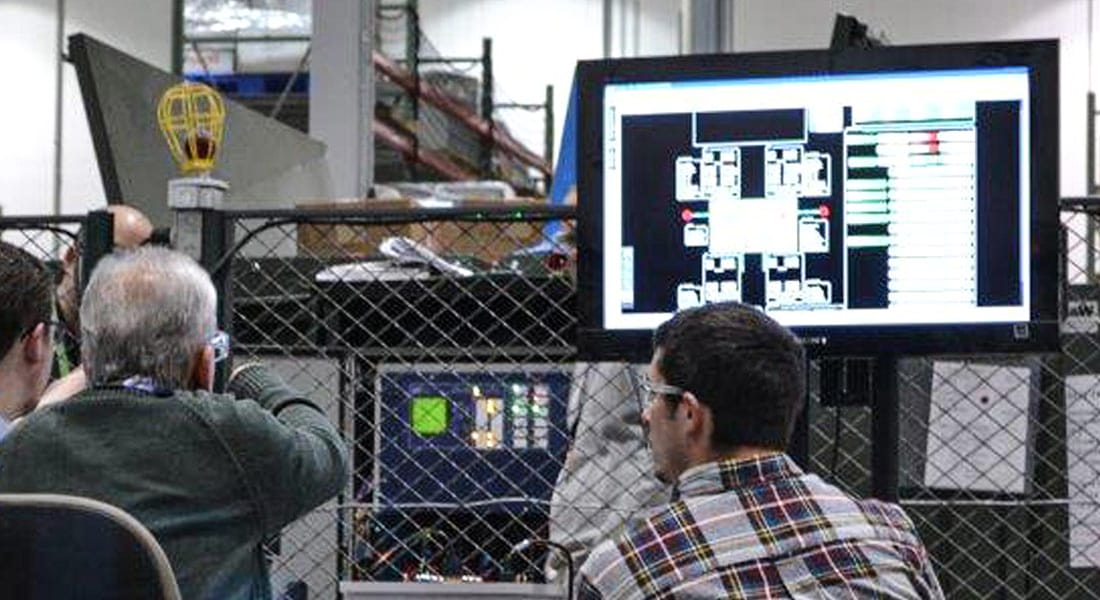
Reclosers and Overhead Switches
Reclosers and Overhead Switches for Strong Performance in Any Environment
Our reclosers and overhead switches are rated up to 38kV, engineered for superior overcurrent protection, fault isolation, and load switching. Their flexible designs include options for local and remote operation, as well as integration with automation and automatic transfer control solutions.
Field-Tested Reliability
Our reclosers and overhead switches are electronically controlled vacuum interrupter switches, making them more reliable for load switching and overcurrent protection.
Switches for Any Application
Reclosers and overhead switches are available for systems up to 38kV and can be installed on the pole or in a substation or padmount, depending on the application.
Flexible Operation
All of our reclosers and overhead switches are available for manual, remote supervisory, automation or automatic transfer control applications.
Reduced Maintenance Costs
The solid dielectric design eliminates the need for routine maintenance and improves personnel safety and overall dependable performance.
Dead-Front Technology
The dead-front design of our Viper®-S, Viper®-ST and Viper®-SP provides arc fault containment which increases operator safety with modules at ground potential and reduces wildlife interruptions.
High Accuracy, High Precision Sensors
Our reclosers contain patented sensor technologies helping customers control power quality, monitoring, protection and measurement with accurate, real-time current and voltage intelligence for optimizing the grid’s power delivery and reliability.
Site-Ready Designs
The reclosers and overhead switches can be provided in site-ready configuration with customized frames, connected lightning arresters, primary and secondary wired PTs, and jumpers, along with wildlife protectors on all terminals. Site-ready designs allow end-users to save on preparation and installation time.
Featured Reclosers and Overhead Switch Types
Explore our reclosers and overhead switch solutions by type to find those best suited to your needs.
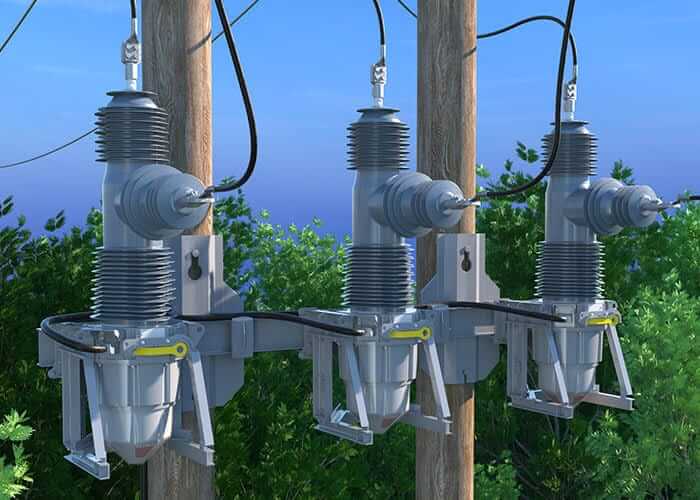
Viper®-HV Recloser
Sub-Transmission Pole Top Recloser
Our 72.5kV solid dielectric recloser is designed to provide overcurrent protection through fault isolation and automatic restoration for temporary faults on overhead sub-transmission lines.
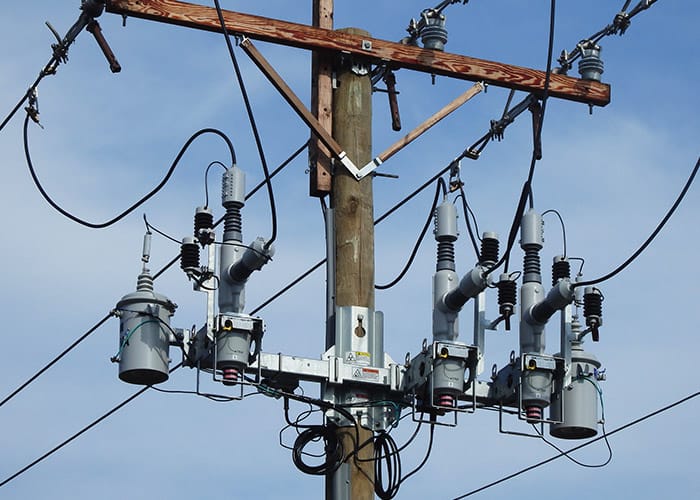
Viper®-ST Recloser
Independent Pole-Operated Reclosers
Our solid dielectric recloser offers reliable, maintenance-free performance for overcurrent protection with flexibility to isolate single or two faulted phases on three-phase circuits.
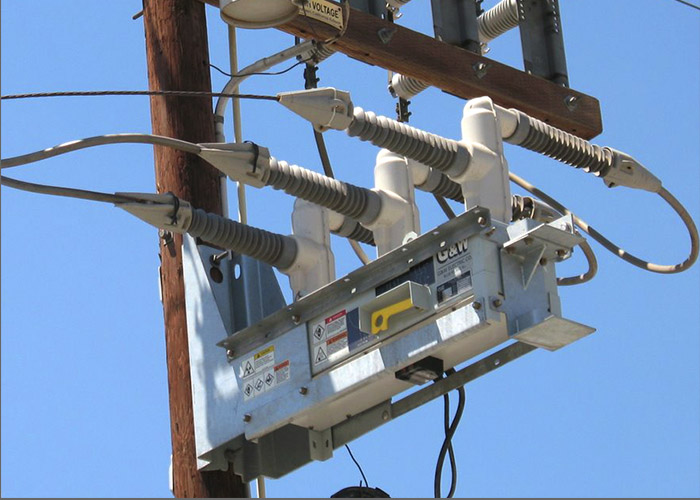
Viper®-S Recloser
Three-Phase Reclosers
Our mechanically ganged three phase recloser combines electronically controlled vacuum fault interrupters with the maintenance benefits of a solid dielectric insulated device.
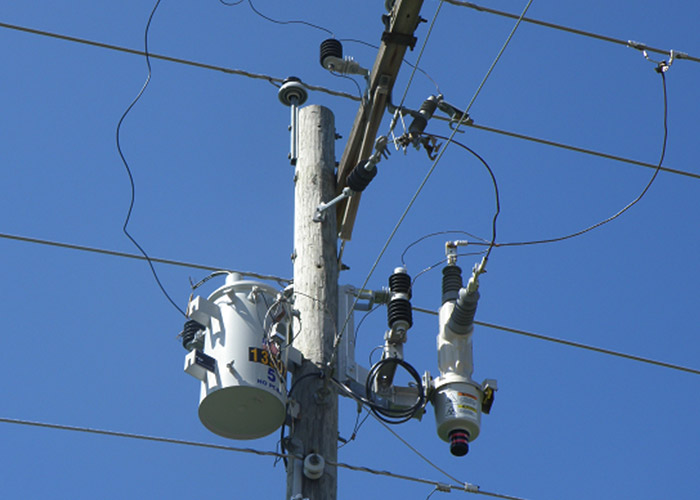
Viper®-SP Recloser
Single-Phase Reclosers
Our solid dielectric, single phase recloser combines the time-proven reliability of electronically controlled, vacuum fault interrupters with the maintenance-free benefits of a solid dielectric insulated device.
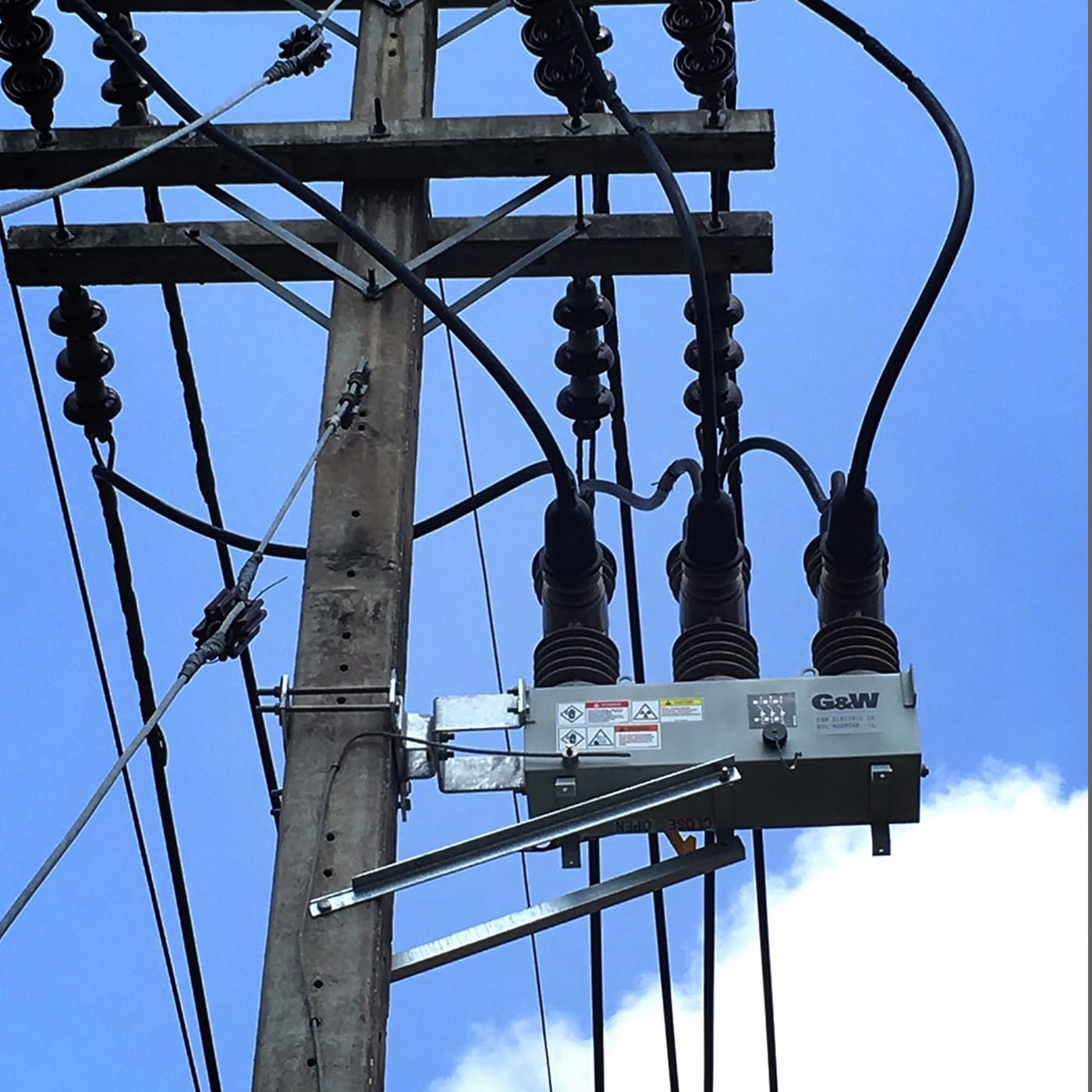
Diamondback® Load Break Switch
Pole Mounted Load Break Switches
Our pole-mounted load break switches for 15.5kV up to 38kV are designed to provide enhanced switching capability and safe operation.
Frequently Asked Questions
What is a recloser and how does it work?
A recloser is a type of automatic circuit breaker that detects and interrupts fault currents, then attempts to restore power automatically if the fault is temporary. It helps improve grid reliability and reduce service downtime.
What is the difference between a recloser and an overhead switch?
A recloser switch provides fault protection by interrupting current flow during faults and re-energizing if the fault clears. An overhead switch, on the other hand, is typically used for isolating or redirecting power flow but doesn’t perform auto-reclosing.
Where are reclosers typically installed?
Overhead reclosers are usually installed on poles, in substations, or at padmount sites as part of an overhead distribution system to manage temporary faults, short circuits, and ensure service continuity.
How does a three-phase recloser differ from a single-phase one?
Three-phase reclosers are used in three-phase circuits and can isolate individual phases, offering better fault management and flexibility. Single-phase reclosers are ideal for areas with one-phase loads or lower power requirements.
What are the maintenance benefits of solid dielectric reclosers?
Reclosers with solid dielectric insulation require no oil or gas, reducing environmental impact and maintenance costs. They’re safer for personnel and operate effectively even under adverse weather conditions or lightning strikes.
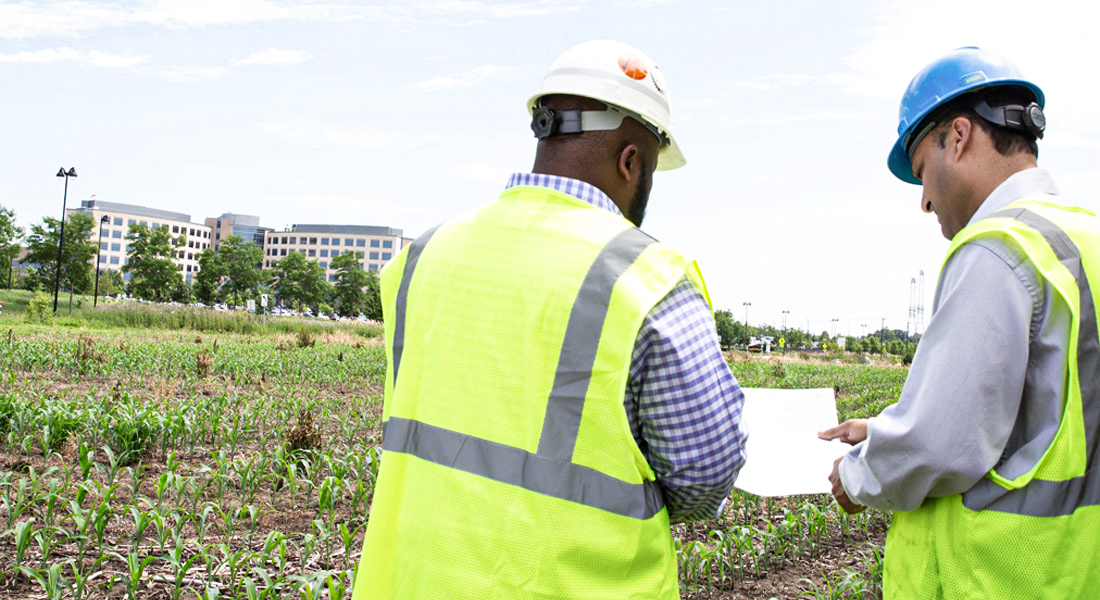
Explore Our Aftermarket Services
Learn More →